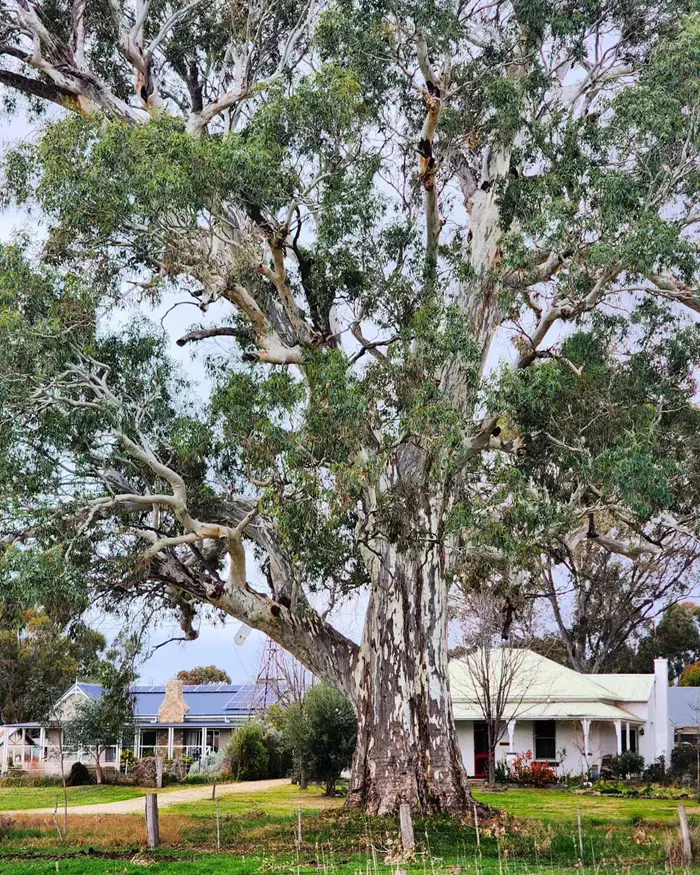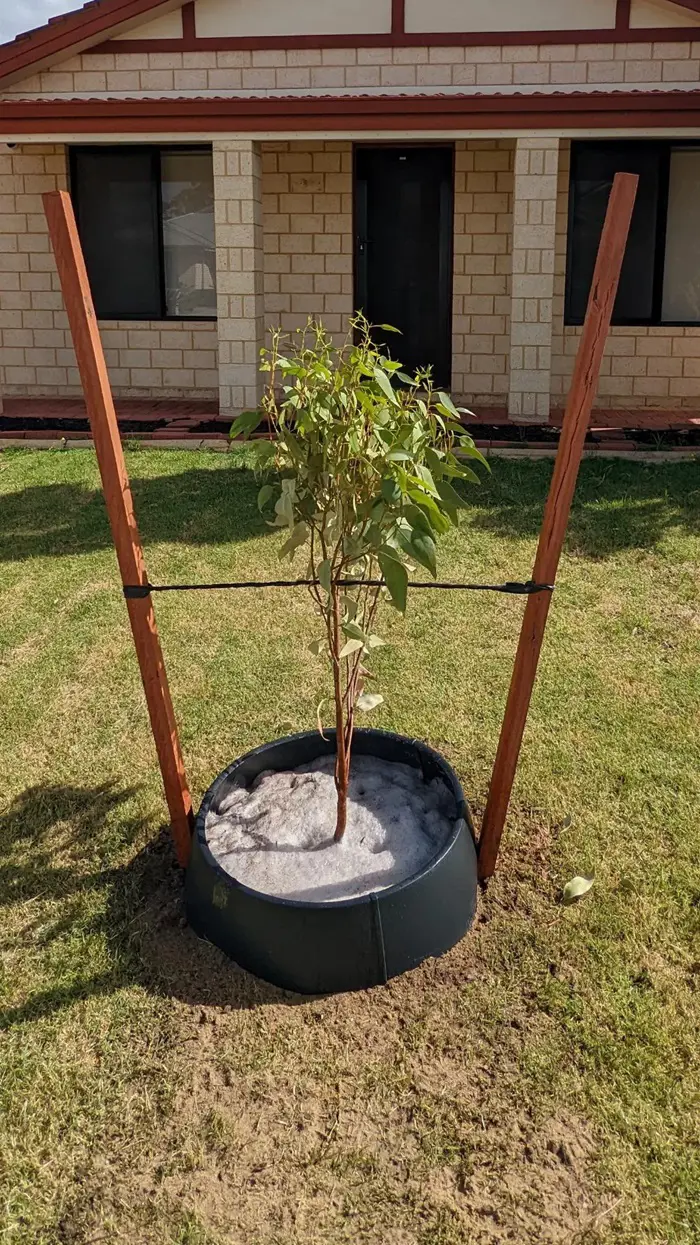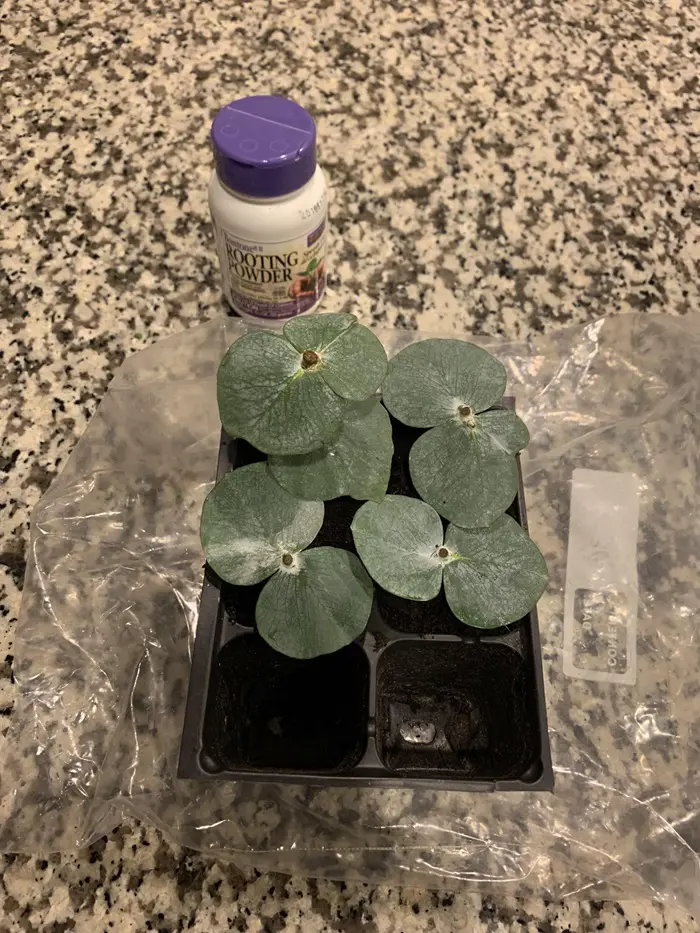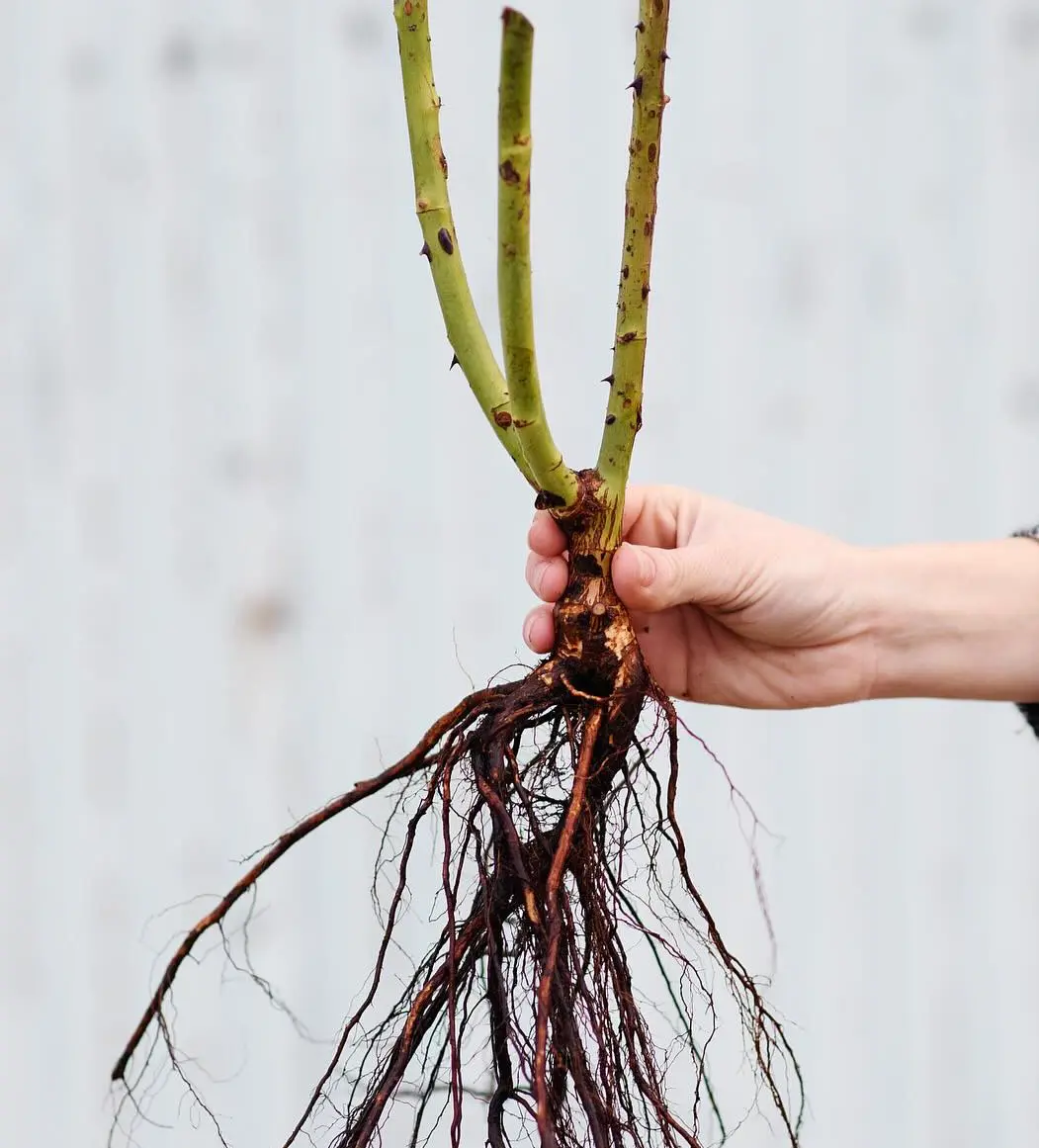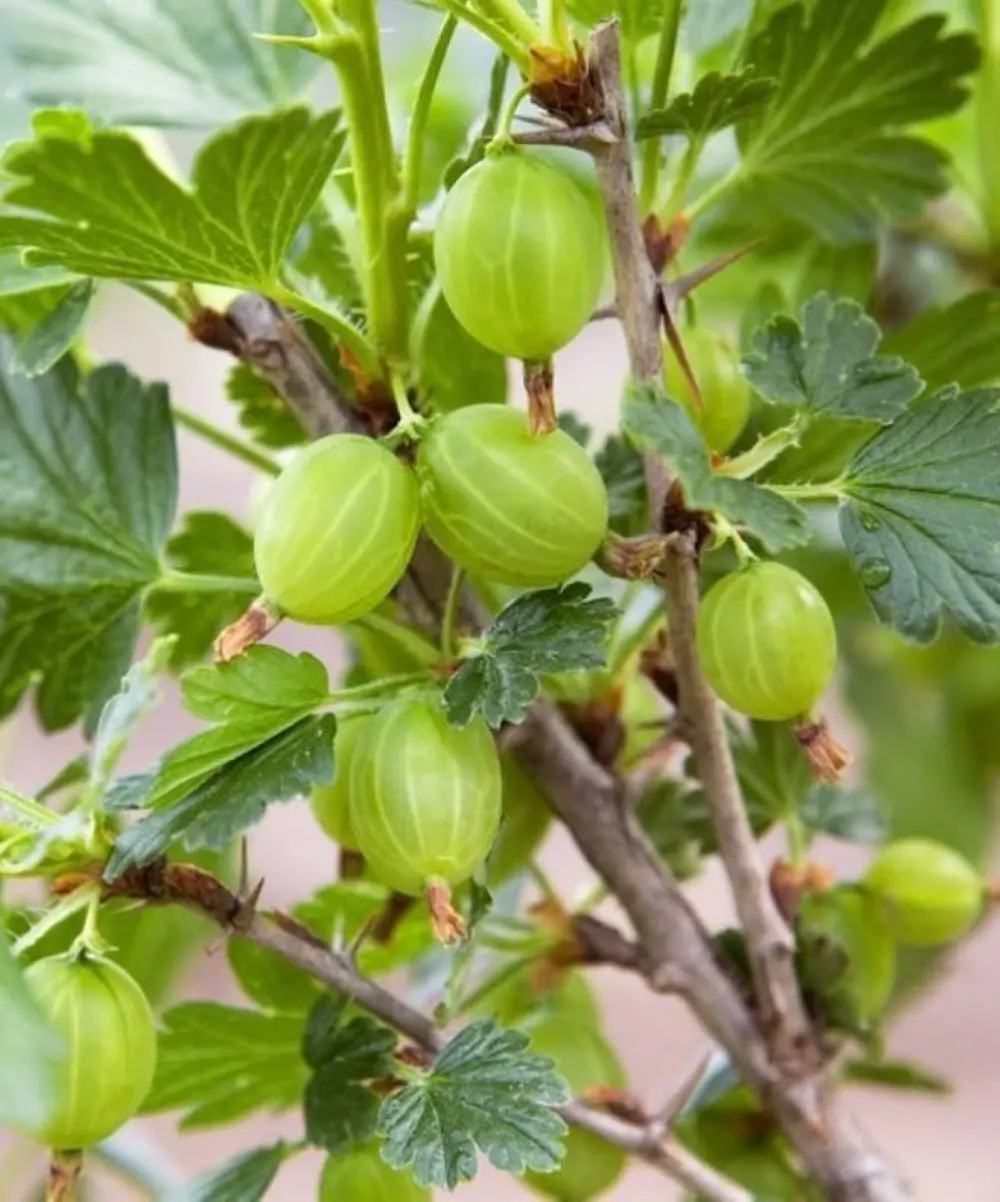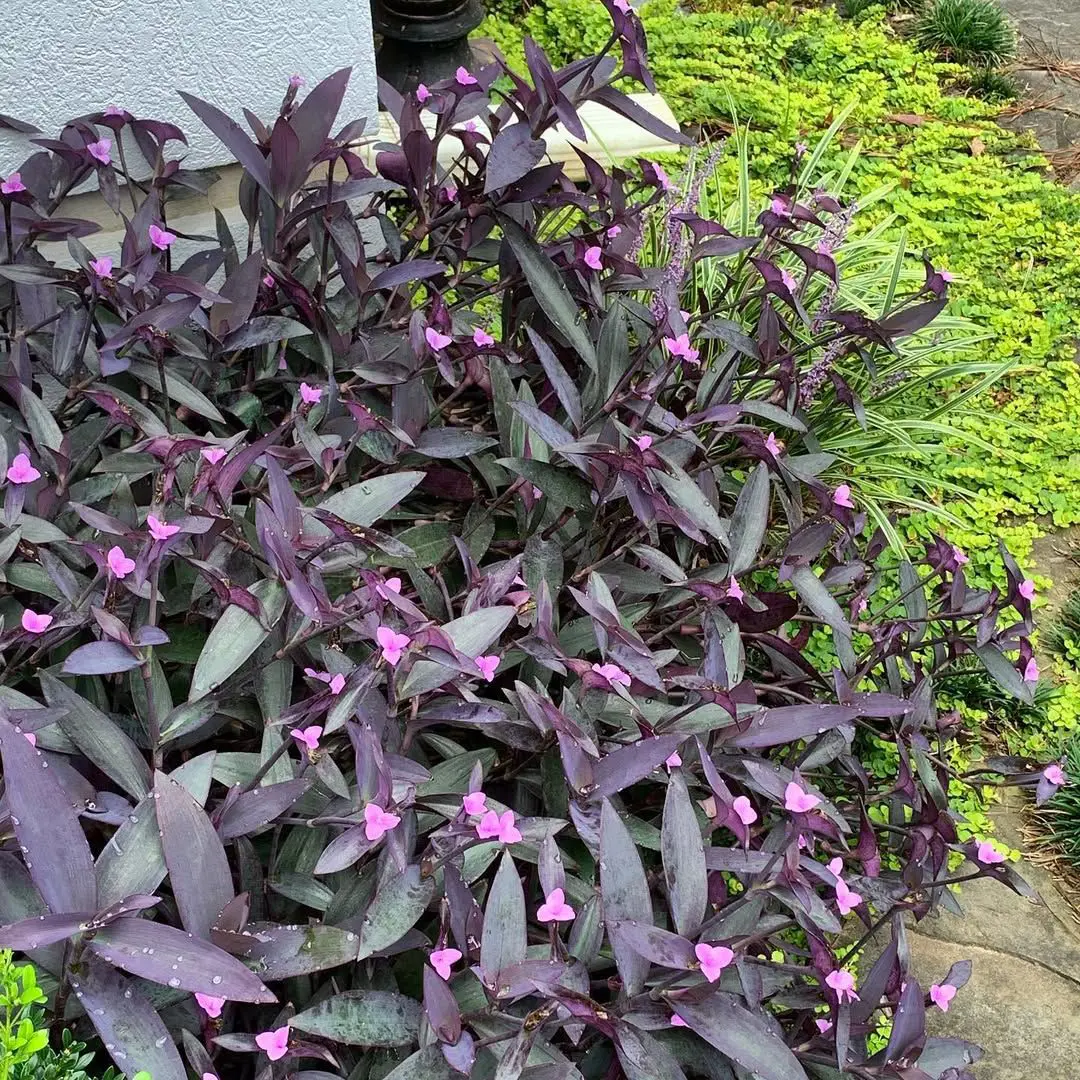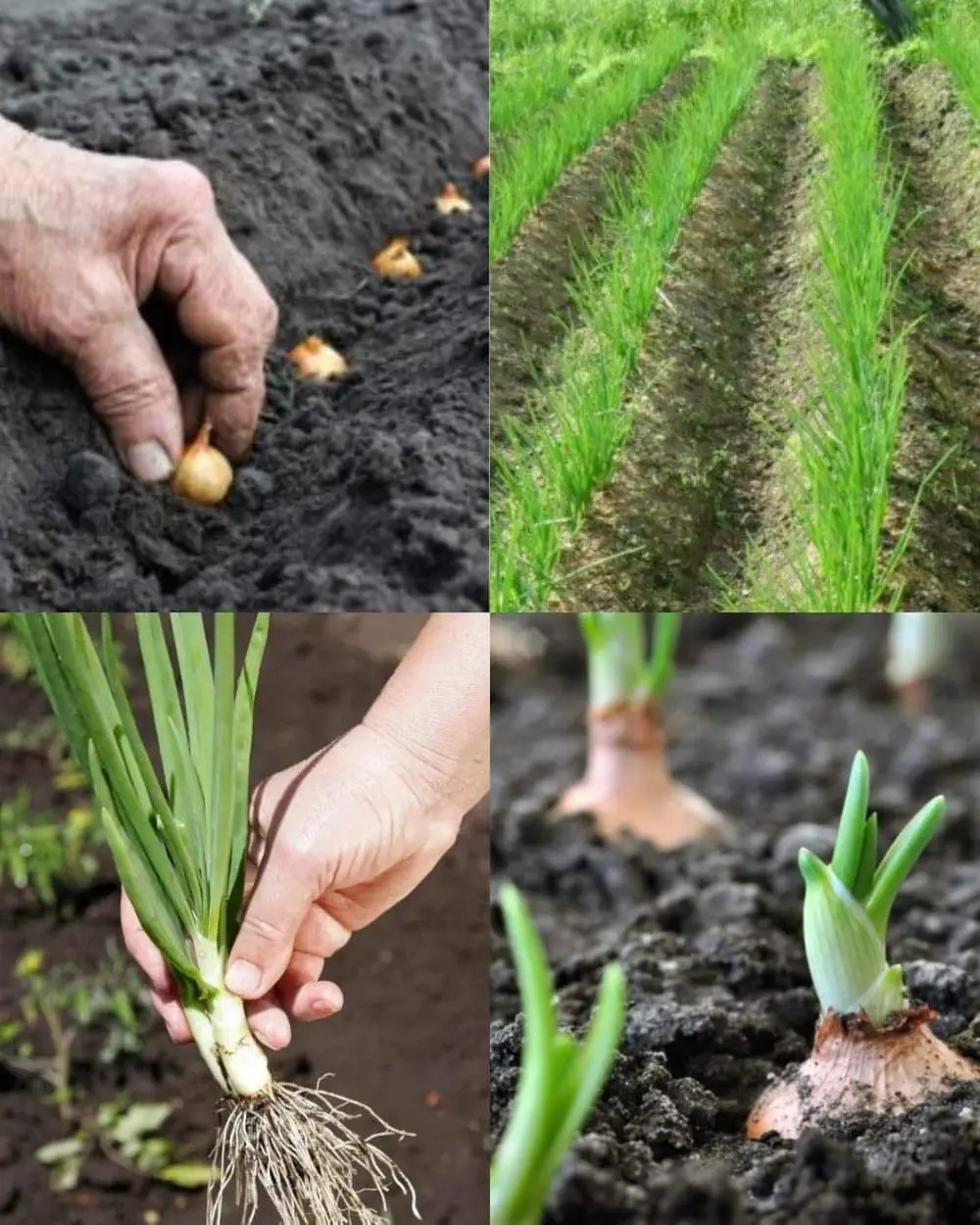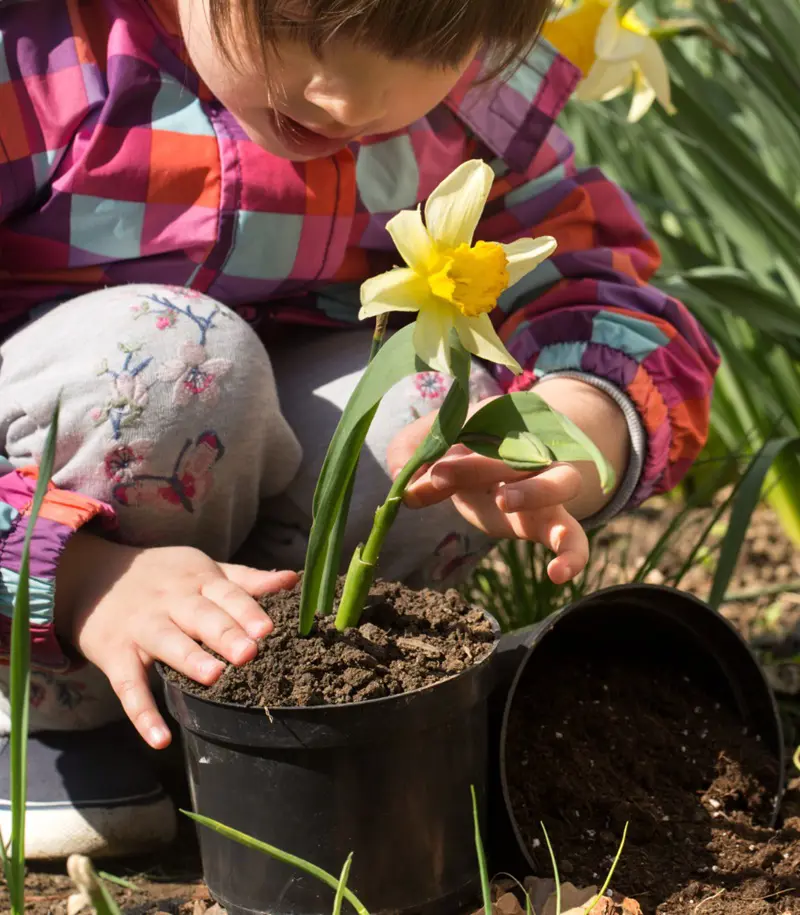Where And When To Plant Eucalyptus?

Eucalyptus trees thrive in warm, sunny locations with well-drained soil. In warmer regions (USDA Zones 8-11), spring is ideal since it allows new roots to develop before winter. In colder zones, you may opt for fall planting.
Knowing your specific eucalyptus variety is key - some tolerate frost better than others. Choosing the perfect planting time and location for your eucalyptus is important. It can ensure your Eucalyptus to flourish and bring you years of enjoyment.
When To Plant
The optimal planting time for this tree is during spring or early summer. This timing allows the trees to establish strong roots before facing potential stress from colder weather.
Planting during these periods aids the young eucalyptus trees to have the entire growing season to grow, acclimate, and develop resilience. You need to avoid planting during winter, as cooler soil temperatures can hinder root growth and increase the chances of frost damage.
Where To Plant
These trees require full sun for optimal growth, meaning they need at least six hours of direct sunlight daily. Sufficient sunlight helps in photosynthesis, promoting healthy growth and vibrant foliage.
In shaded areas, eucalyptus trees can exhibit stunted growth, sparse leaves, and weak branches. When planting eucalyptus, opt for a location with unobstructed sunlight so that the tree reaches its full potential and maintains its characteristic vigor.
Soil
Eucalyptus grows well in well-drained soils, with sandy or loamy textures being the better choice. While they can tolerate poorer soils, offering fertile, well-aerated soil promotes optimal growth.
Avoid heavy clay soils that retain water since eucalyptus trees are susceptible to root rot. Proper soil drainage is essential to prevent waterlogging. Organic matter addition can improve soil structure and fertility, supporting the tree's rapid growth and health.
Spacing
Proper spacing is critical for the healthy growth of eucalyptus trees. Depending on the species, eucalyptus trees can be planted 10 to 40 feet apart. A spacing of 10-15 feet is adequate for smaller species.
Good spacing provides sufficient sunlight and reduces competition for nutrients and water. This will help to accommodate their expansive root systems. In plantations or rows, maintaining uniform spacing also facilitates easier management and harvesting.
